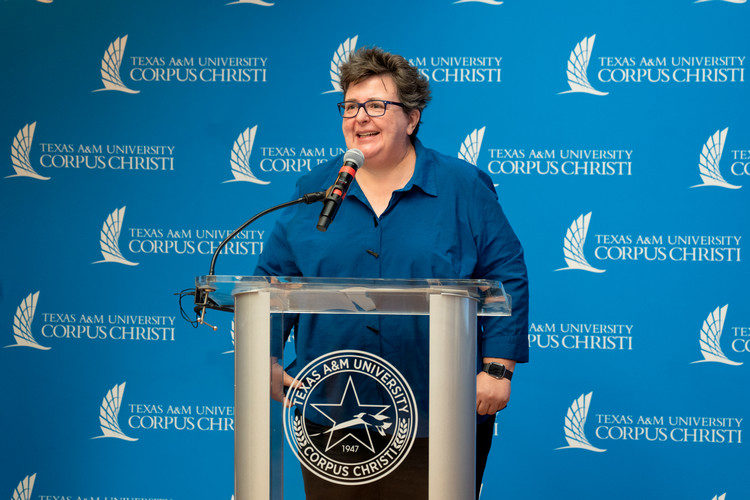Island University’s LSUASC Tests New UAS Sense and Avoid Technology
PORT MANSFIELD, Texas – The Lone Star UAS Center of Excellence and Innovation (LSUASC) at Texas A&M University-Corpus Christi continues its work with NASA and the Federal Aviation Administration in developing regulations for Unmanned Aircraft Systems (UAS) flight at low-altitude. As the third step in a four-part project, LSUASC completed more than 80 flights in late May at the Charles R. Johnson Airport in Port Mansfield, which involved flying a manned Cessna 182 airplane toward a piloted UAS.
This latest stage of the multi-year project focused on testing the effectiveness of UAS detect and avoid technology in a beyond visual line-of-sight setting. The new technology works by creating an invisible “bubble” around the UAS. If the drone senses something entering into this “bubble,” such as a manned aircraft, the UAS will send information to the drone operator and move away from that intrusion.
“When you start looking at improving beyond visual line-of-sight operations in the national airspace, you need to ensure regulations keep the same level of safety,” said Maurice Griffin, chief engineer at LSUASC and co-program manager. “A lot of work needs to be done to seamlessly integrate UAS into our airspace.”
LSUASC operators used three different technologies which worked together to inform researchers at NASA and LSUASC operators of the drone’s location when it was beyond visual-line-of-sight. The three technologies included ADS-B transponders used by manned air traffic to identity aircraft, a ground-based mast-mounted radar set, and an air-borne radar attached to the drone.
Through their work, LSUASC found that one of the most critical issues was a time delay in information about an obstacle being transmitted from the drone to its operator.
“When the data was sent back to the pilot commander it was as much as eight seconds old,” said Hunter Morgan, software engineer with LSUASC and co-program manager. “At that point, you would have already crashed into the airplane.”
Griffin and Morgan developed the new detect and avoid technology from a base program that had already been in the works for three years. Another aspect LSUASC tested was creating automated, or pre-determined, responses for the UAS to initiate if they came across an obstacle to avoid in-air collisions. Currently, detect and avoid technology does not provide economically efficient instructions to a drone when it detects another aircraft in its space, which isn’t a feasible option for commercial UAS users.
“Commercial UAS flights are about making money, so the drone can’t come back home every time it detects an airplane,” said Morgan. “For example, if a commercial operator wanted to use a UAS to inspect a pipeline, we would need to consider what technology is required and how well it performs so that the drone misses a rancher who’s flying a helicopter to do cattle work at the same altitude.”
LSUASC’s test data was supplied to NASA to improve beyond visual-line-of-sight technology and first-responder priority operations. First responder operations were tested in the last stage of the project, which took place in June 2017. In the next stage, which will take place in 2019, LSUASC will take results gathered from previous stages to move their testing into an urban setting which will require UAS technology to be advanced enough to detect and avoid colliding with buildings.
Other mission partners included: Echodyne, which provided both the ground-based and the air-based radars; the Civil Air Patrol, which provided the manned aircraft; Modern Technologies and Services Incorporated, which supplied an additional ADS-B equipped drone and flight crew; GE AirXos, which provided supporting software to communicate with the NASA Unmanned Traffic Management (UTM) System; and Dr. Kamesh Manuduri, professor at the University of North Texas, and several of his students provided sensors for reduced GPS and radio-frequency interference testing.



